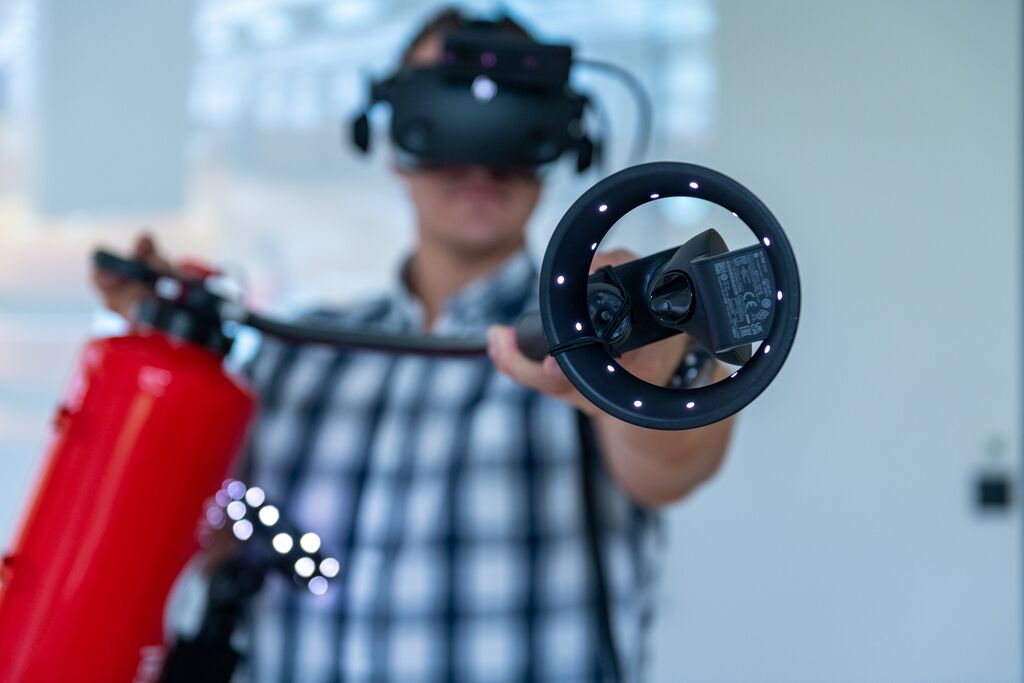



From church bells to remote alarm monitoring; a history of innovation in the fire safety and security market
By amberb | 10th May 2023
The fire and security market has a long and fascinating history. Constantly evolving, advances in its technologies and services are frequent; with each new solution, its innovators help make the world a safer place.
Ancient history…
Before electronic technologies, managing fire safety and security was a manual task. Towns would hire guards and station them at the entrance of public buildings to spot fires and prevent them from spreading. In the Middle Ages, people started to use bells as a form of alert. The bell would warn people of impending disasters (such as a fire), public disturbances, or approaching enemies.
Building on these simple foundations, innovation gathered pace during the nineteenth century. Though it might seem outdated by modern standards, the invention of the telegraph laid the groundwork for long distance communication; without this, solutions such as remote monitoring never have existed. Other important innovations included the world’s first modern sprinkler system, installed at the Theatre Royal in London in 1812, followed by the mechanical fire alarm in 1852 and the burglar alarm in 1858.
More familiar to us now are solutions that came about with the dawn of the digital age. One of the earliest was commercial CCTV, which became available in 1949; its use quickly spread as businesses and consumers relied on it to deter crime, identify suspects, and provide evidence in court.
Latest developments and trends
Fast-forward to 2023 and the fire and security market has become a multi-billion-dollar industry protecting countless people, property, and assets globally. In addition to a steady stream of technological advances, innovation is seen in the frequent updates made to industrial regulations and standards, ensuring the highest levels of safety for all vertical markets.
As the internet has expanded and phrases like ‘The Internet of Things’ and ‘Machine Learning’ have entered the business consciousness, fire and security technologies have developed to be compatible with the Cloud and to manage the processing of significant volumes of sensitive data. These include video, access control data, fire, and security alarms. Cloud-based security is now known to offer advantages over traditional solutions beyond being scalable and easier to manage. Companies are replacing their legacy solutions with ones that are internet connected to benefit from access to remote monitoring and instant customer support, day, and night.
One of the greatest areas of innovation in the market today is Artificial Intelligence (AI). Through this we see the advantages of metadata gathered by video cameras and cloud computing. Fire and security providers can use AI to combine multiple data sources, helping customers identify security breaches, or take the most appropriate decision when faced with a critical situation. It is an area Chubb is invested in. Last year we began a collaboration with ATOS Ipsotek, using its advanced computer vision skills and combining artificial intelligence with video analytics to enhance and support our monitoring solutions. The potential applications of these combined technologies are extensive. As an example, in an area where crowds gather (such as at hospital waiting rooms or airport lounges) they can analyse public behaviour and identify potential disturbances, triggering alerts to security staff and/or Chubb’s monitoring teams before an incident occurs.
Customer demand in the driving seat
Throughout history, customer demand has driven market-wide innovation; the same is true at Chubb. We offer value-add through bespoke customisation that results in innovative methods and solutions, uniting customer needs with site specificities. For instance, aside from common demands for greater speed, durability, accessibility, and intelligence, we note businesses frequently require solutions which meet industry, organisation, and personal sustainability targets. By making it easy for organisations to focus on preventive maintenance and upgrades, rather than run-to-failure, our expert technicians reduce the carbon footprint of client projects, managing and maintaining installations without repeated site visits.
Of course, cost is also a crucial factor in businesses innovation. Here too, Chubb can demonstrate progress. Our remote video guarding, for instance, reinforces on-site guard efficiency providing ‘added value’ to companies with cost constraints.
Chubb, and the wider fire safety and security market are constantly innovating and becoming smarter. New technologies and services are helping businesses reduce risk, set quicker response times, lower costs and enjoy increased peace of mind. We’re excited to see what comes next.
